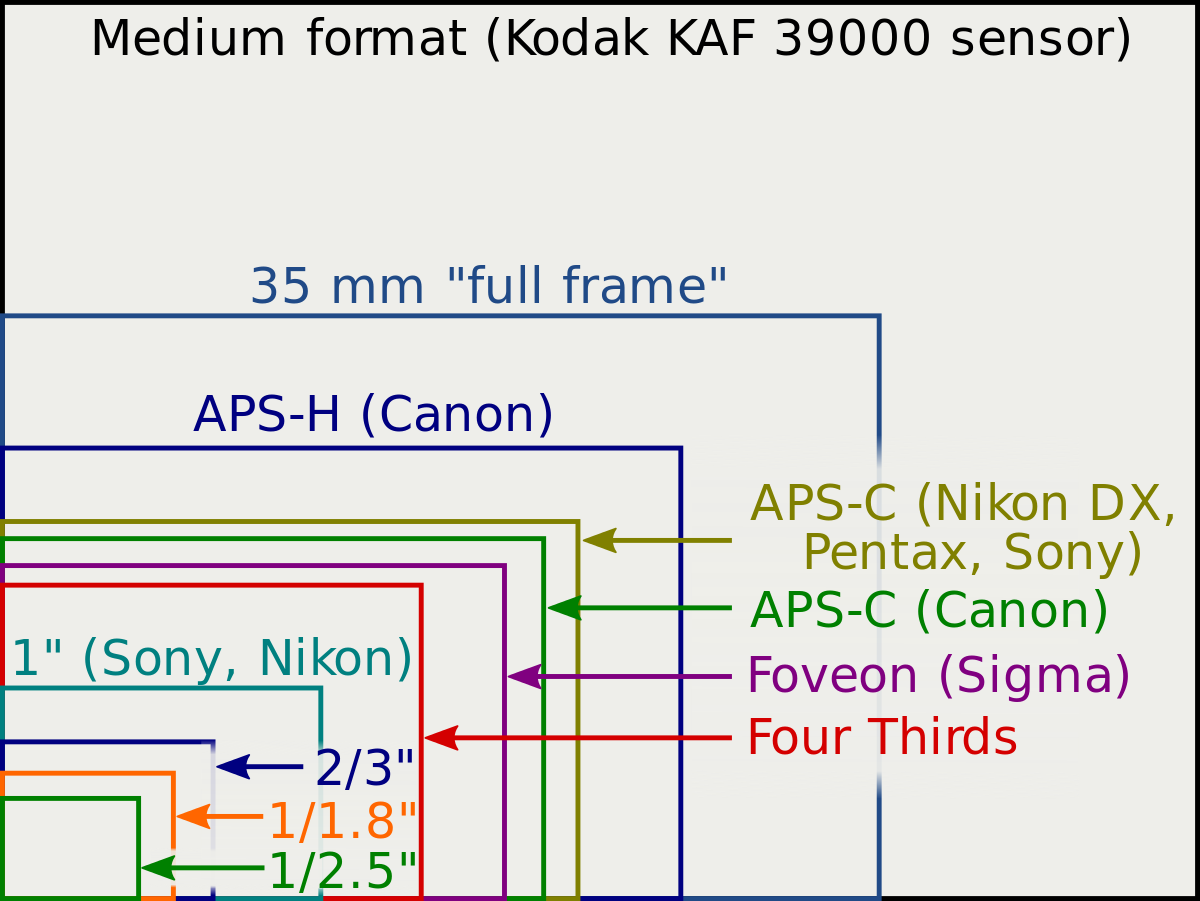I have found online discussions regarding the practice of camera manufacturers describing their sensors as "inch based" i.e. 1/2.7" rather than an actual physical size.
It appears to be becoming something of a bugbear and strikes me as if manufacturers were using it to conceal the true size from consumers, especially relating to compacts and phones where the sensor truly is tiny.
So, where did this inch-based system come from? Reports suggest it was from the 1950s when it was used for technical reasons to describe TV camera tube sizes?
Why do all manufacturers still use it?
What is the relationship between it and real-world measurements such as the diagonal or the width/height of the sensor?
Do Canon want to publicise the physical dimensions of their sensors in magazine test reports and reviews and if so what method is preferred? i.e. diagonal in inches or mm maybe, or width x height?
If Canon do not want to do this, would they prefer everyone refer to a sensor by its capacity ie number of megapixels or pixel width/height?
If Canon were amenable to any of the above, would they be willing to be the first to change or would they prefer to encourage the change but not lead it?
It appears to be becoming something of a bugbear and strikes me as if manufacturers were using it to conceal the true size from consumers, especially relating to compacts and phones where the sensor truly is tiny.
So, where did this inch-based system come from? Reports suggest it was from the 1950s when it was used for technical reasons to describe TV camera tube sizes?
Why do all manufacturers still use it?
What is the relationship between it and real-world measurements such as the diagonal or the width/height of the sensor?
Do Canon want to publicise the physical dimensions of their sensors in magazine test reports and reviews and if so what method is preferred? i.e. diagonal in inches or mm maybe, or width x height?
If Canon do not want to do this, would they prefer everyone refer to a sensor by its capacity ie number of megapixels or pixel width/height?
If Canon were amenable to any of the above, would they be willing to be the first to change or would they prefer to encourage the change but not lead it?



 Welcome over here to you
Welcome over here to you 
Comment